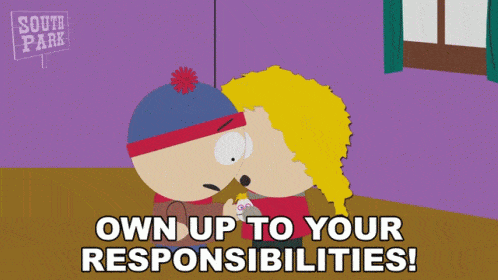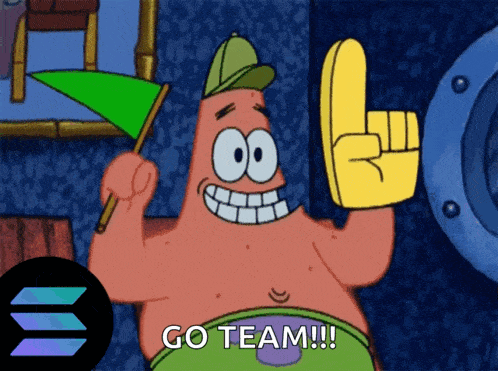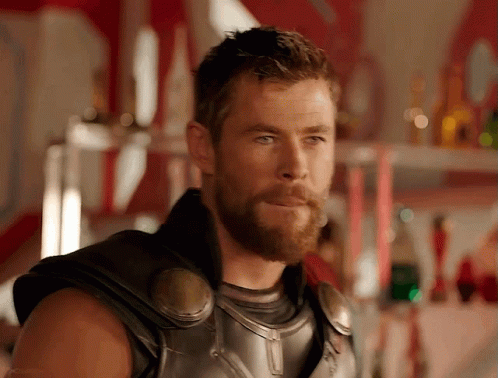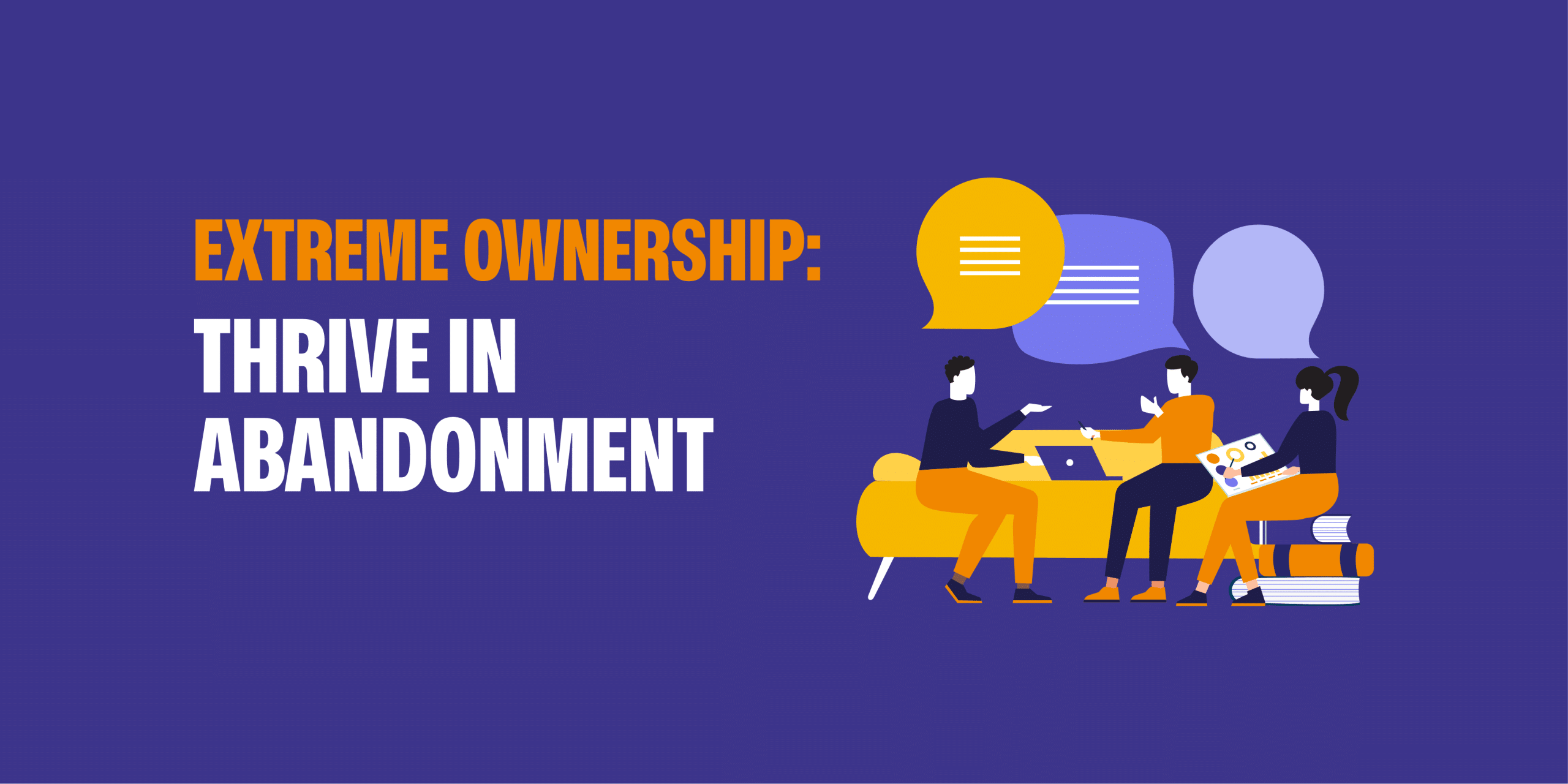Picture this: it’s Monday morning. Your inbox is overflowing with unread emails, your phone won’t stop buzzing, and there’s a stack of papers demanding your attention. Suddenly, the coffee spills and your carefully crafted plans for the day unravel faster than you can say, “This isn’t my fault.” Sound familiar? Welcome to the chaos of modern life—a reality where survival often feels like an uphill battle.

In moments like these, the philosophy of Extreme Ownership offers a lifeline. Coined by former U.S. Navy SEALs Jocko Willink and Leif Babin in their book Extreme Ownership: How U.S. Navy SEALs Lead and Win, this principle is about taking complete responsibility for your world. It’s not just a leadership strategy—it’s a mindset that transforms chaos into clarity, doubt into determination, and failure into fuel.
But why is extreme ownership more critical than ever? We live in a world where “future of abandonment” feels less like science fiction and more like a looming reality. Companies are leaning into automation, communities are becoming more fragmented, and even relationships sometimes feel transactional. Thriving in such an environment requires a shift—a bold embrace of total ownership, where individuals are not just reactive but proactive in how they lead their lives.
Leaders must own everything in their world. There is no one else to blame.
Jocko Willink
The Foundations of Extreme Ownership: What It Is and Why It Matters
Let’s start with the basics: What is extreme ownership? Simply put, it means taking full responsibility—not just for your actions, but for everything that affects your mission, team, and outcomes. The philosophy is grounded in four core principles of extreme ownership, each one a game-changer for personal growth and leadership:
- Cover and Move: This is teamwork at its best. Think of it as the “I’ve got your back” approach, where every team member aligns their actions to support others. Without this principle, even the most skilled individuals falter in isolation.
- Simplify: Complexity is the enemy of execution. Simplifying tasks not only leads to clarity but also enhances decision-making and execution. When plans are simple, they’re easier to communicate and implement, reducing room for error.
- Prioritize and Execute: Life often throws a deluge of challenges at us, leaving us overwhelmed. This principle reminds us that the only way forward is to focus on the most critical issue first, handle it, and move on to the next.
These principles aren’t just military tactics—they’re life lessons with broad applications. Imagine navigating a Monday morning, juggling emails, kids, deadlines, and the 73 unread Slack messages. The natural instinct might be to panic or blame external factors. But when you adopt extreme accountability, you step back, reassess, and prioritize. Instead of blaming the chaos, you own it. The result? A productive day, better decisions, and, perhaps, fewer coffee spills.

The principles of extreme ownership extend beyond tactical scenarios; they’re about building a mindset of accountability that permeates every facet of life. They challenge individuals to remove blame from their vocabulary and replace it with problem-solving. The effect is transformative, fostering not only success but also a deep sense of fulfillment.
Responsibility in the Age of Abandonment
The “future of abandonment” isn’t just about being left to fend for ourselves—it’s also about embracing the opportunity to rise. In a world where dependency structures are shifting and traditional safety nets are increasingly fragile, extreme ownership equips us with the tools to thrive.
Take, for example, professional settings where remote work has left teams feeling disconnected. Leaders who practice extreme ownership bridge this gap by taking responsibility for engagement, communication, and morale. They don’t wait for others to fix the problem; they act decisively, ensuring their team is aligned and empowered. By addressing issues head-on, they set an example of resilience and leadership.
As the SEAL task unit commander, the senior leader on the ground in charge of the mission, I was responsible for everything in Task Unit Bruiser. I had to take complete ownership of what went wrong. That is what a leader does — even if it means getting fired. If anyone was to be blamed and fired for what happened, let it be me.
Willink and Babin, Extreme Ownership
This quote encapsulates the essence of total ownership, highlighting the necessity for leaders and individuals alike to shoulder the burden of responsibility, especially in challenging and uncertain times.
Moreover, the abandonment of traditional hierarchies in favor of decentralized systems makes the need for extreme accountability even more urgent. Decentralized teams thrive only when individuals take personal responsibility for their roles while supporting the collective mission. This interplay between independence and collaboration is at the heart of extreme leadership.
Applying Extreme Ownership in Daily Life
A. Self-Reflection: The Mirror of Ownership
Owning up to your actions starts with a candid look in the mirror. Self-reflection, while difficult, is one of the most powerful tools in personal transformation. It’s not about guilt or shame—it’s about growth. Ask yourself hard questions: Why did I miss that opportunity? What could I have done differently? How did I contribute to this situation? These moments of introspection, while uncomfortable, lay the groundwork for better decision-making and greater self-awareness.
For example, if a project at work derails due to delays, it’s easy to point fingers at teammates or external factors. But extreme accountability challenges you to dig deeper. Did you set clear deadlines? Were you proactive in addressing bottlenecks? This honest assessment might sting, but it also equips you with actionable steps to prevent similar issues in the future.
As Willink aptly puts it,
Take Extreme Ownership. I can remember many times when my boat crew struggled. It was easy to make excuses for our team’s performance and why it wasn’t what it should have been. But I learned that good leaders don’t make excuses. Instead, they figure out a way to get it done and win.
Willink, Extreme ownership

B. Relationships and Accountability
Accountability doesn’t stop at work; it’s equally vital in personal relationships. Whether it’s with family, friends, or a romantic partner, taking ownership of your role in conflicts or misunderstandings can transform how you connect with others. Picture this: after an argument about chores, you say, “I should have communicated better about my expectations.” This simple acknowledgment not only diffuses tension but also sets a precedent for open and honest dialogue.
Moreover, practicing total ownership in relationships inspires others to do the same. When you model responsibility, it encourages those around you to reflect on their actions and contribute to healthier dynamics. In friendships, this might mean apologizing first after a fallout. In parenting, it could look like admitting to your children when you’ve made a mistake—a humbling but impactful gesture that teaches them integrity.

The Power of Extreme Leadership in the Workplace
A. Decentralized Command: Empowering the Team
In today’s workplace, where remote teams and agile methodologies dominate, the principle of decentralized command is not just relevant—it’s essential. Leaders must learn to relinquish control and trust their teams to execute. This doesn’t mean abandoning oversight; instead, it’s about creating an environment where every team member feels accountable for their piece of the mission.
Consider a marketing team tasked with launching a high-stakes campaign. A leader practicing extreme ownership will ensure every member understands their role, the overarching goal, and how their contributions impact the outcome. This clarity fosters ownership at every level, turning a fragmented group into a cohesive unit.
Leaders must delegate the planning process down the chain as much as possible to key subordinate leaders. Team leaders within the greater team and frontline, tactical-level leaders must have ownership of their tasks within the overall plan and mission. Team participation—even from the most junior personnel—is critical in developing bold, innovative solutions to problems.
Willink, Extreme ownership
B. Simplify for Clarity
Another cornerstone of extreme ownership principles is simplification. Complexity breeds confusion, and confusion is a productivity killer. A good leader takes the time to strip down complicated plans into actionable steps. For instance, instead of presenting a labyrinthine roadmap for a product launch, break it into clear phases with specific milestones.
Simplification also extends to communication. Leaders must ensure that their instructions are easy to understand and impossible to misinterpret. Think of it like this: if your team doesn’t understand the plan, the failure isn’t theirs—it’s yours. By simplifying, you empower your team to focus on execution rather than deciphering convoluted directives.
C. Ownership at Every Level
Ownership in the workplace doesn’t stop at leadership—it must cascade down. When every team member adopts extreme accountability, the entire organization transforms. Problems are addressed proactively, collaboration thrives, and morale skyrockets. Imagine a workplace where people stop saying, “That’s not my job,” and instead ask, “What can I do to help?”
Real-world examples abound. Companies like Amazon and Tesla thrive on a culture of ownership, where every employee is encouraged to think like a leader. This culture doesn’t just improve efficiency; it fosters innovation and adaptability, qualities essential in today’s ever-changing business landscape.

Criticisms and Challenges of Extreme Ownership
Let’s not sugarcoat it: total ownership isn’t always sunshine and rainbows. Critics argue that it can lead to burnout if leaders overextend themselves. This is where balance becomes critical. Delegating effectively while maintaining responsibility is key to sustainable leadership.

The leader bears full responsibility for explaining the strategic mission, developing the tactics, and securing the training and resources to enable the team to properly and successfully execute. If an individual on the team is not performing at the level required for the team to succeed, the leader must train and mentor that underperformer. But if the underperformer continually fails to meet standards, then a leader who exercises Extreme Ownership must be loyal to the team and the mission above any individual. If underperformers cannot improve, the leader must make the tough call to terminate them and hire others who can get the job done. It is all on the leader.
Willink, EXTREME OWNERSHIP
This quote illustrates that while extreme accountability is empowering, it also demands a clear-eyed view of responsibility. Leaders must balance owning outcomes with fostering a supportive, performance-driven environment.
Extreme Ownership: The Blueprint for the Future
A. Preparing for an Unpredictable World
The future is uncertain, but one thing is clear: adaptability will be the key to survival. The principles of extreme ownership provide a roadmap for navigating unpredictability. By embracing responsibility for our actions and decisions, we become less reliant on external factors and more focused on what we can control.
This mindset is particularly relevant in global crises, such as climate change, economic shifts, and public health challenges. Individuals and leaders who adopt extreme accountability are better equipped to pivot, innovate, and thrive in these volatile environments. For example, a CEO leading a company through economic downturns can either blame the market or take ownership of finding new revenue streams and cutting inefficiencies. The choice to own the challenge can make the difference between survival and failure.
B. Building Communities of Responsibility
As powerful as extreme ownership is for individuals, its true potential lies in collective adoption. Imagine communities where responsibility isn’t a burden but a shared value. Such communities are resilient, innovative, and capable of tackling even the most daunting challenges. Whether it’s a neighborhood initiative to reduce waste or a global movement for social justice, collective ownership amplifies impact.
When a leader sets such an example and expects this from junior leaders within the team, the mindset develops into the team’s culture at every level. With Extreme Ownership, junior leaders take charge of their smaller teams and their piece of the mission. Efficiency and effectiveness increase exponentially, and a high-performance, winning team is the result.
Willink, EXTREME OWNERSHIP
C. Inspiring the Next Generation
Finally, extreme leadership isn’t just about today—it’s about preparing future generations to lead with integrity and courage. By teaching younger generations the principles of extreme ownership, we equip them with tools to navigate an increasingly complex world. This could mean instilling these values in classrooms, mentoring young professionals, or leading by example in our communities.
The future will belong to those who own it. And owning it starts now—with each of us choosing responsibility over excuses, action over complacency, and leadership over passivity.

